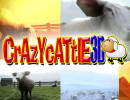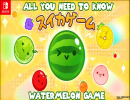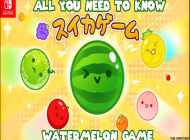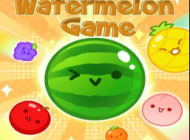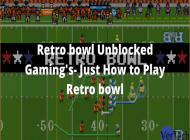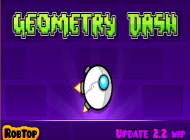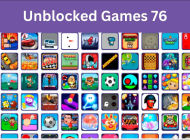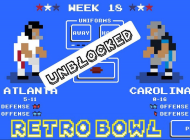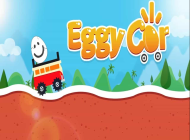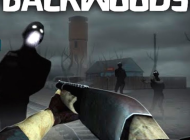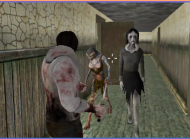Cino Game
About: Cino Game
Mastering the Art of Cino Game: A Blend of Strategy, Vocabulary, and Luck
How to Play
In Cino Game, the path to victory lies in unraveling the hidden word by discovering all its letters. Players are tasked with guessing the word based on provided clues, with correct letters gradually revealed as they are guessed. The game presents a grid with squares containing symbols, offering hints about the hidden letters. Importantly, symbols of the same type always correspond to the same letter, though they will never represent a vowel. For instance, if a square contains the symbol "SA" and another contains "AR," both symbols will represent the same letter. Moreover, players' final grades hinge on the total number of guesses made and the tally of correct and incorrect letters.
About Cino Game
Cino Game stands as a testament to the fusion of strategy, vocabulary prowess, and a dash of luck, culminating in an engaging pastime suitable for players of all ages. While its mechanics appear straightforward, the game's depth unveils itself as players delve into its intricacies, offering a satisfying challenge that stimulates both intellect and competitive spirit.
Setup
To embark on a game of Cino, players need a standard set of letter tiles akin to those found in beloved word games such as Scrabble or Bananagrams. Each tile features a letter along with its corresponding point value, though specifics may vary depending on the version being played. The game's foundation rests upon these letter tiles, serving as the building blocks for creating words and scoring points.
Objective
The overarching objective in Cino is simple yet tantalizing: construct words using your allotted letter tiles and position them strategically on the game board to accumulate points. The player who amasses the highest score by game's end emerges victorious, basking in the glory of their linguistic prowess.
Gameplay
The gameplay unfolds in a series of stages, each contributing to the overall narrative of word mastery:
Initial Draw: Players commence by drawing a predetermined number of tiles from the pool, forming their initial hand. This initial draw sets the stage for subsequent strategic maneuvers.
Word Formation: With tiles in hand, players take turns crafting words of varying lengths and complexities. Unlike traditional word games with predefined game boards, Cino offers players the freedom to arrange their tiles in any configuration, fostering a dynamic and organic gameplay experience.
Scoring: Following the formation of a word, players calculate their score based on the cumulative point values of the letters utilized. Each letter tile carries its own point value, reminiscent of the scoring system employed in Scrabble. Players meticulously tally their points, inching closer to victory with each word formed.
Tile Exchange: To inject an element of unpredictability, players have the option to exchange some or all of their tiles for fresh ones from the pool. This strategic maneuver allows players to adapt to evolving board conditions and potentially uncover more lucrative word opportunities.
Strategy: As the game unfolds, strategic acumen takes center stage. Players must carefully weigh their tile placements, leveraging high-value letters, strategically positioning tiles to spawn new words, and tactically obstructing opponents' potential word pathways.
Endgame: The game persists until either the tile pool is exhausted or a predetermined number of rounds have transpired. At this juncture, the player boasting the highest cumulative score emerges triumphant, their name etched into the annals of Cino Game history.
Variations
Cino Game thrives on its versatility, offering players an array of customizable options to tailor the gameplay experience to their preferences:
- Tile Pool Size: Adjusting the number of tiles drawn at the outset can impact the game's pace and overall strategy.
- Point Values: Fine-tuning the point values assigned to letters introduces nuance and complexity, altering players' approach to word formation.
- Special Tiles: Introducing special tiles imbued with unique effects injects an additional layer of depth, sparking creativity and strategic innovation.
With its myriad variations and boundless potential for linguistic exploration, Cino Game promises an endless journey of wordplay and discovery, beckoning players to immerse themselves in its captivating embrace time and time again.


